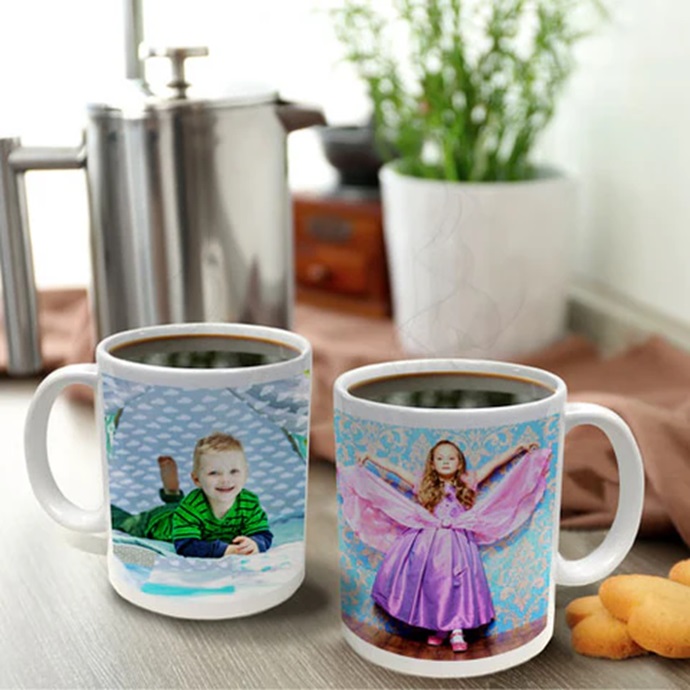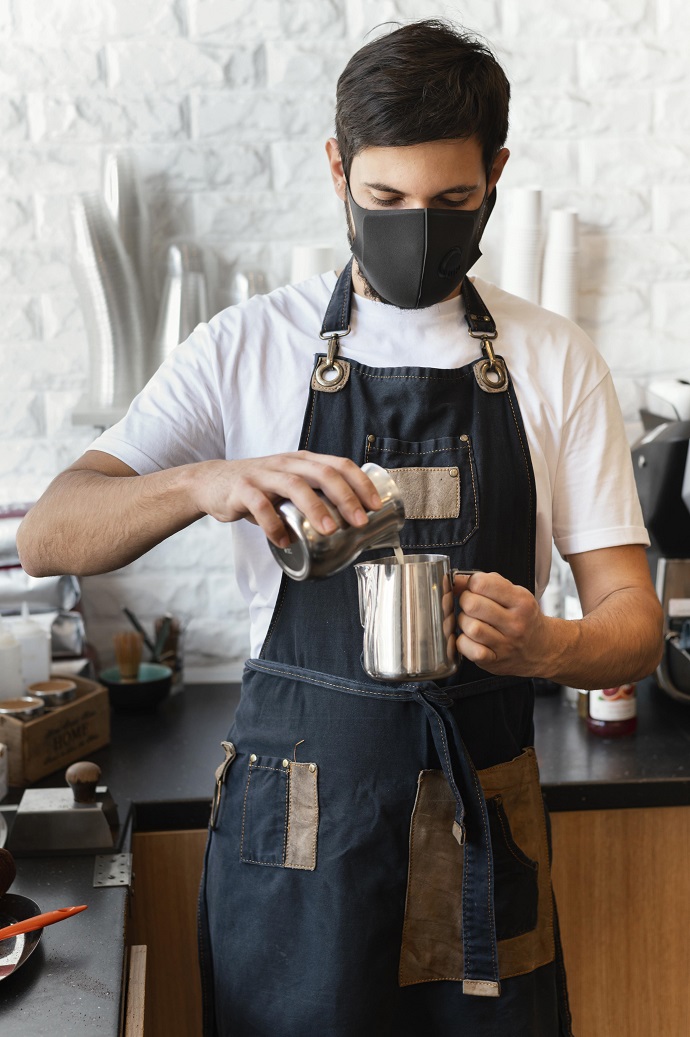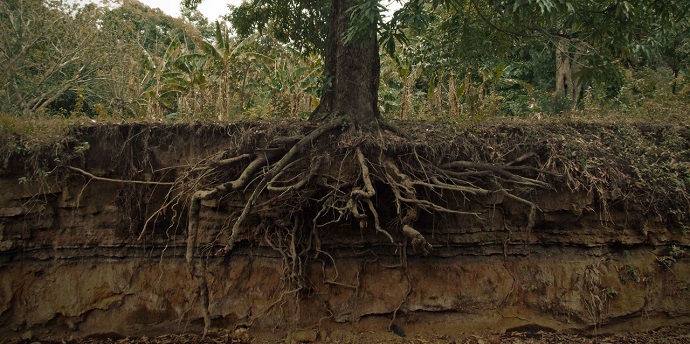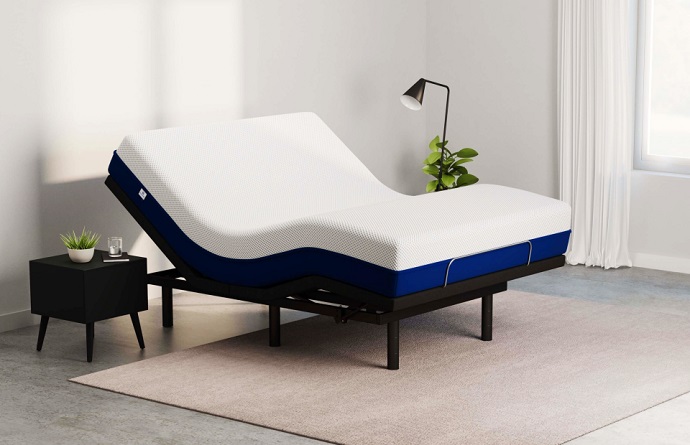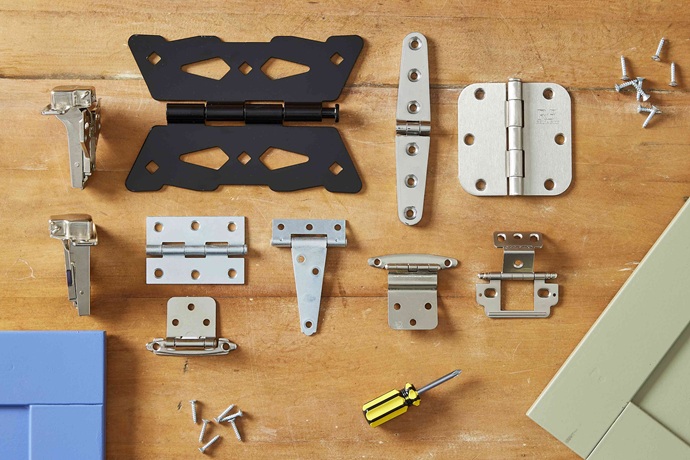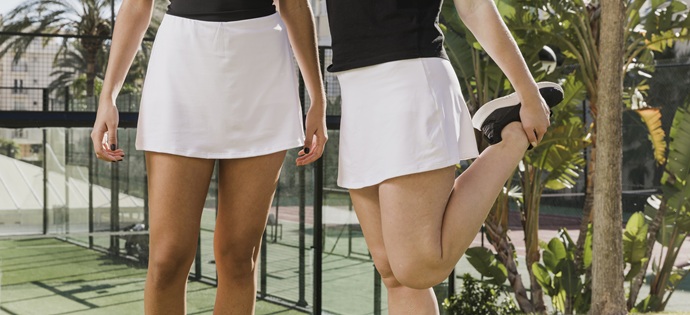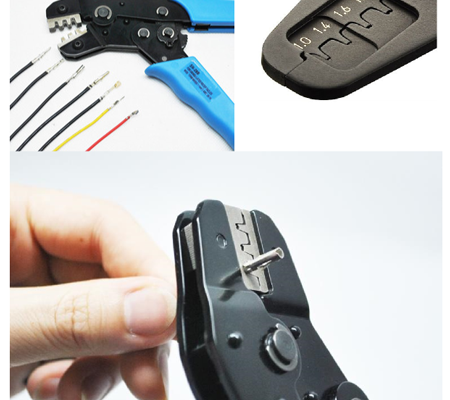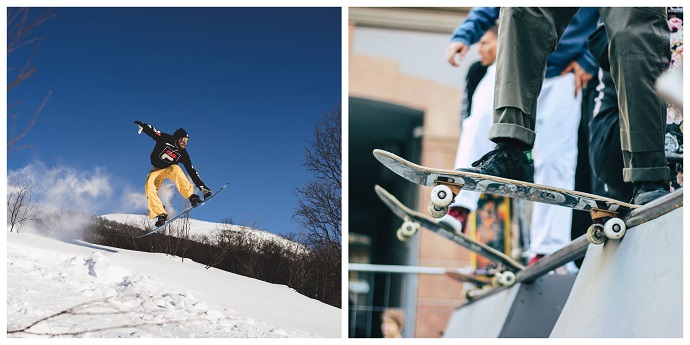
As you may already know, the popularity of both skateboarding and snowboarding is on the rise. These days, more and more people, particularly teenagers and young adults, decide to dedicate a portion of their spare time to one of these adrenaline-inducing sports. If you’re contemplating jumping on this bandwagon, you should know that in order to learn the ABCs of either of these exciting activities, you must first understand the importance of the gear you’ll use. Each item of skateboarding and snowboarding equipment plays a significant role.
SKATEBOARDING GEAR
Having the right equipment means learning and practising with comfort and ease. The skateboard, the shoes, and the safety gear are the three most important pieces of this puzzle. Let’s see why.
The Skateboard
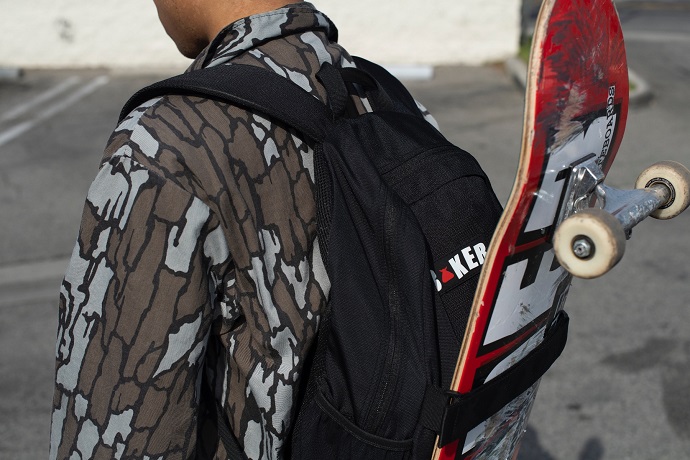
It goes without saying that the board is the key ingredient in this recipe. Its purpose, of course, is to enable its user to ride in a standing or crouching position, propelling themselves by occasionally pushing one foot against the ground. Since the board is the very base of this activity, it needs to be a quality one. A good skateboard can be found in a well-established physical or online skate shop and it consists of several individual parts – a deck, two metal trucks, bearings, and wheels.
The deck is the piece of wood the rider stands on. Length-wise, there’s a vast array of decks, from mini-size to long-board. According to a number of experts, beginners should start this adventure with the standard 81 cm board that comes with two kick-tails which are basically raised parts at each end of the deck. It’s smart to make sure there’s grip tape on top of the deck you choose because this black sandpaper-like material can help you avoid falling off easily by providing grip for your feet.
Every decent skateboard comes with two metal trucks as well. They are attached to the deck by bolts and are the axles of the board that enable the rider to turn the skateboard when they’re rolling. These parts can come in many different sizes. What’s more, they’re often tightened or loosened as a way to reduce or increase the range of movement. Newbies should start with tighter metal trucks to avoid wobbling.
The bearings are another crucial part of the skateboard. They’re attached to the ends of each truck and allow the wheels to turn easier. Experts suggest looking for bearings with a high “Abec” rating for a smooth ride.
Last but definitely not least – the wheels. They come around the bearings and can vary in size. Small areas and technical skateboarding call for smaller wheels, whereas larger ones are much more suitable for cruising and going fast. The recommendation for beginners is to opt for wheels from 55 to 60 mm wide.
Skateboarding Shoes
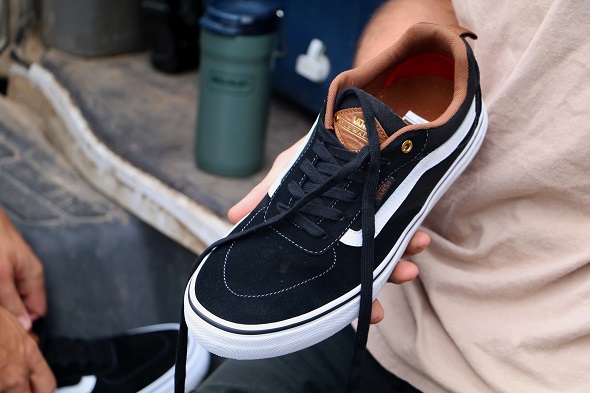
Yes, there are skating-friendly shoes and you should consider giving them a chance (for your own sake). Flat based shoes with ample cushioning and protection around the ankles are possibly the most suitable shoes for skateboarding because they can save you a lot of pain, especially if you intend to learn and perform tricks. Visit a specialized physical or online skate shop to find the perfect pair for you.
Safety Gear
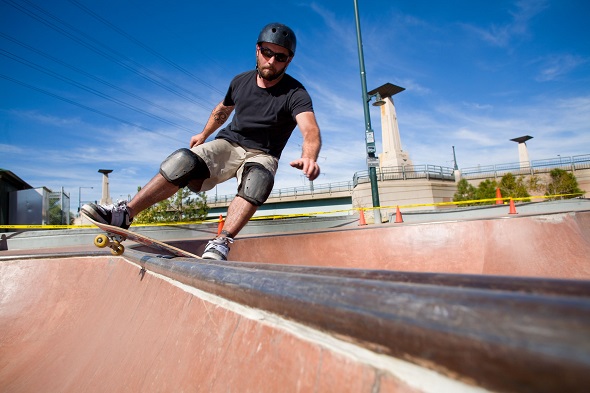
They may not be cool or stylish, but they are without a doubt necessary. I’m talking about knee-pads, elbow pads, wrist-guards, and, of course, helmets. Please add them to your skateboarding gear and don’t forget to wear them. There’s no fun in injuries and hospitals, right? Right.
SNOWBOARDING GEAR
Those who’ve been snowboarding for a long time are well aware that comfort is key when it comes to the equipment. But quality matters too, especially because this sport is expensive. Read on to learn what the crucial items of snowboarding gear are, what’s their purpose, and what features to look for when in a skateboard shop.
The Hardgoods
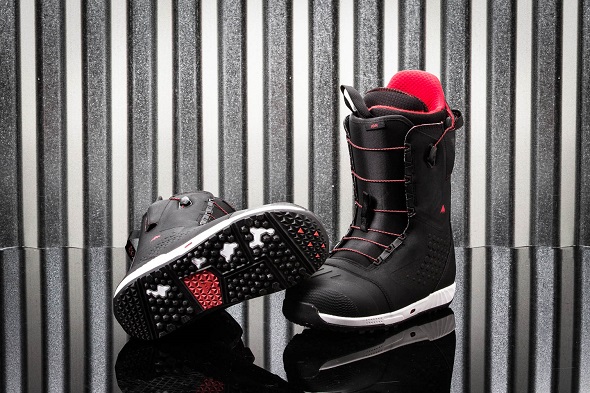
Just like the skateboard, the snowboard is the platform the rider stands on. When shopping for your very first snowboard, opt for one that stands roughly between your nose and chin in height, is flat between your feet, and is a more flexible park-style board with some rocker at the tip and tail. Such a board can help you reduce edge catching, get your turns going faster, and allow you to get off the beginners’ slope and start exploring much sooner.
Many professionals say that snowboard boots are the most important item of snowboarding equipment. Newbies are advised to purchase a pair with a softer flex and an easy-to-use-and-adjust lacing system. Keep in mind that a snowboard boot is supposed to be snug without causing you pain or discomfort. If you can afford it, consider making an appointment with a professional snowboard boot fitter. These are experienced individuals who know what works for different foot types.
When it comes to shopping for bindings, checking your boot size against your binding size is an absolute must. They need to be compatible. As an inexperienced rider, you might want to look for a more flexible park or freestyle bindings for they are error-friendly and create more room for softer landings.
The Outerwear

A snowboard jacket, snowboard pants, goggles, and gloves are the items of snowboarding outerwear you shouldn’t hesitate to invest in. In addition to being comfortable, the snowboard jacket you decide on should also be waterproof (look for waterproofing of minimum 10,000 mm) and have a long line that covers past your behind. A few pockets are welcome as well. Also, it’s smart to go with a size larger than your usual clothing size because you’ll need room to layer-up on extra chilly days.
When it comes to pants, newbies are advised to purchase a pair or two with a slightly higher waterproofing rating than 10,000 mm. This is so because a beginner’s bound to spend a lot of time on their bottom and get wet quicker. Pockets are a helpful feature here as well.
Since goggles can make or break the whole experience, investing in high-quality ones is smart. Adjustable straps and good quality foam (to prevent moisture from getting in) are perhaps the most important goggles features to look for. Even though numerous snowboarders can be seen sporting sunglasses, goggles are still the better option, especially during blizzards.
When visiting a skate store, don’t forget to look for gloves. Despite what some people think, gloves aren’t a piece of gear you should save money on. After all, it’s called SNOWboarding, meaning your fingers will need proper protection from getting wet quickly. Quality insulation should be at the top of your list. Some experts suggest opting for gloves that come with two extremely useful features – idiot strings (aka wrist straps) and touch screen capability. The first one can help you avoid losing a glove on a tree branch, whereas the second one can come in handy in minus 20.
The Layers
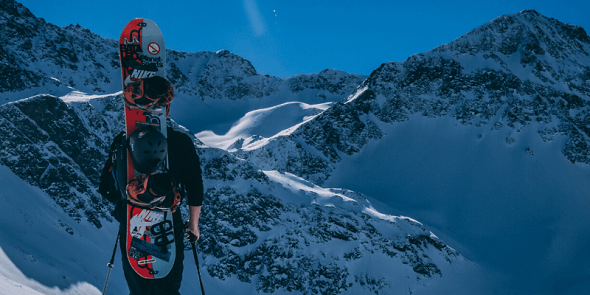
Base and mid-layers, as well as snowboard socks, shouldn’t be overlooked. Thermals made out of synthetic moisture-wicking materials dry quickly, resist odours, feel great, and last for years. When it comes to socks, cotton is to be avoided. Many snowboarding socks are designed to offer warmth and comfort and keep your feet dry.
The Safety Gear
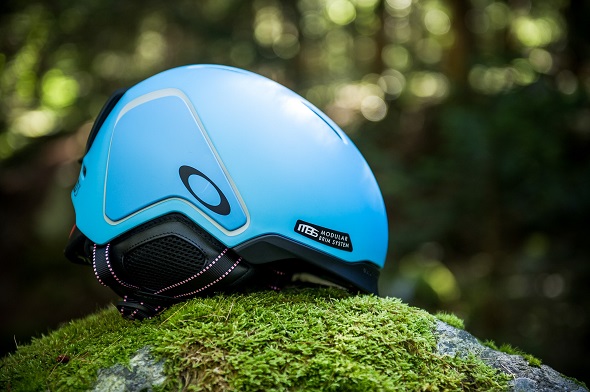
Investing in a quality helmet is in a way buying yourself a really cheap insurance policy. Wrist guards are essential as well because, let’s face it, wrist fractures are common among inexperienced snowboarders.
